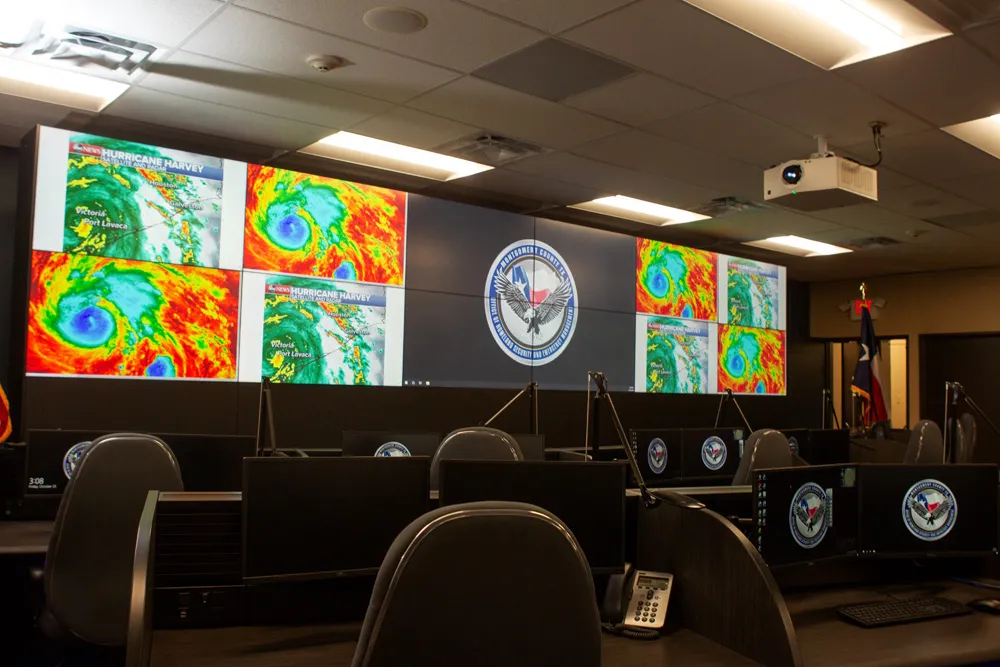ITS and electronic fare collection technology specialist Init has partnered with GlobeSherpa on the release of their fully-customisable mobile ticketing solution, Mobileticket. The companies claim this new smartphone application helps transit authorities connect with their passengers, reduce operating costs, and move into the future of open payment systems. For passengers, Mobileticket enables them to easily buy and use public transit passes via their mobile phone.
April 26, 2013
Read time: 2 mins

ITS and electronic fare collection technology specialist 511 INIT has partnered with GlobeSherpa on the release of their fully-customisable mobile ticketing solution, Mobileticket. The companies claim this new smartphone application helps transit authorities connect with their passengers, reduce operating costs, and move into the future of open payment systems. For passengers, Mobileticket enables them to easily buy and use public transit passes via their mobile phone.
The solution offers an inspector’s app for ticket validation through visually authenticated elements and quick response (QR) codes or via near field communication (NFC). The back-end processing system is multi-client capable and allows agencies to track sales and transactions by agency, ticket and passenger types, times, and zones. In addition, it integrates and processes mobile tickets and smart cards in one easy system.
“By integrating our ticketing technology with Init’s broader fare collection systems, we can offer transit agencies a unique solution that can improve fare collection and significantly reduce costs,” claims Nat Parker, CEO of software company GlobeSherpa.
The solution offers an inspector’s app for ticket validation through visually authenticated elements and quick response (QR) codes or via near field communication (NFC). The back-end processing system is multi-client capable and allows agencies to track sales and transactions by agency, ticket and passenger types, times, and zones. In addition, it integrates and processes mobile tickets and smart cards in one easy system.
“By integrating our ticketing technology with Init’s broader fare collection systems, we can offer transit agencies a unique solution that can improve fare collection and significantly reduce costs,” claims Nat Parker, CEO of software company GlobeSherpa.








